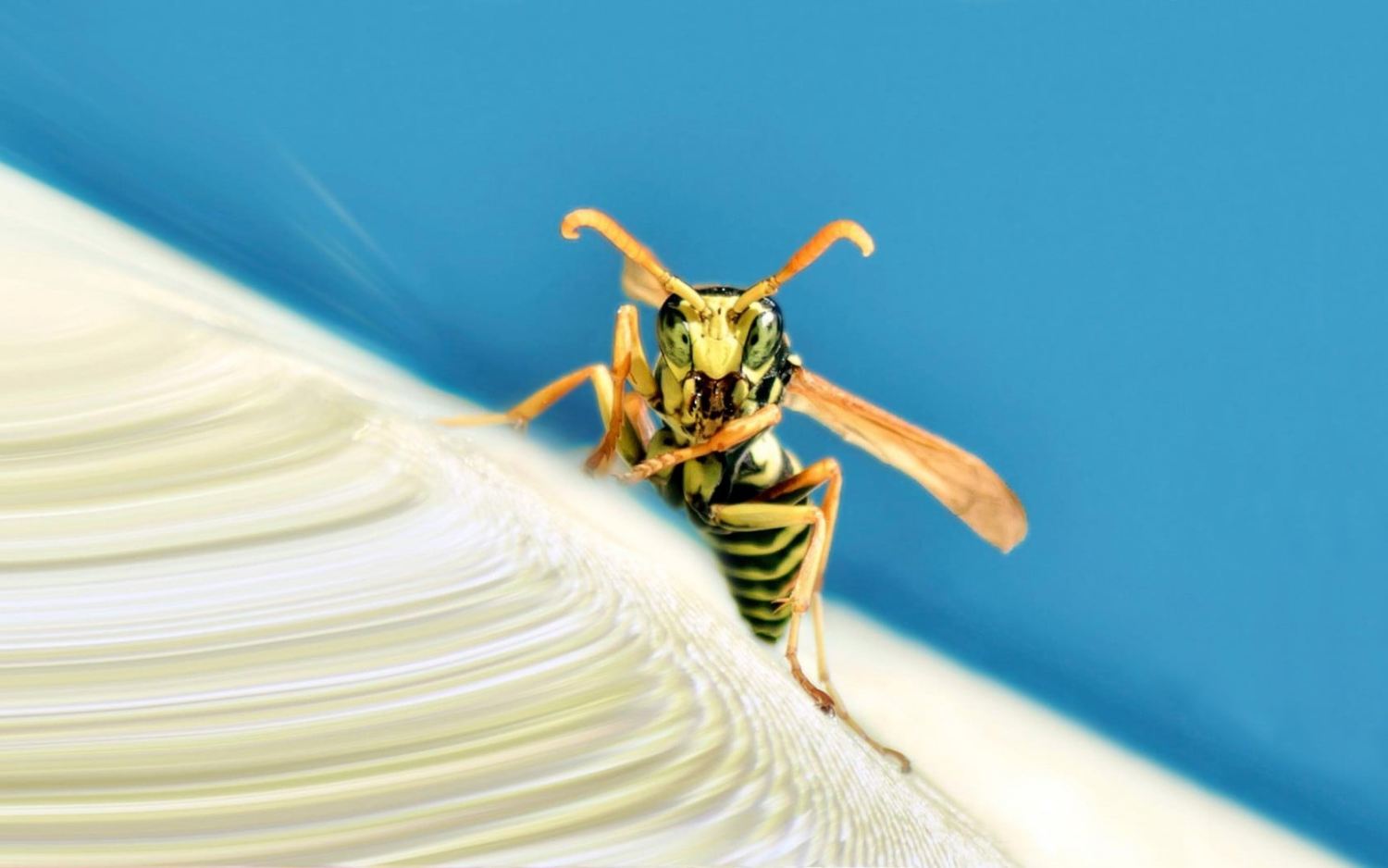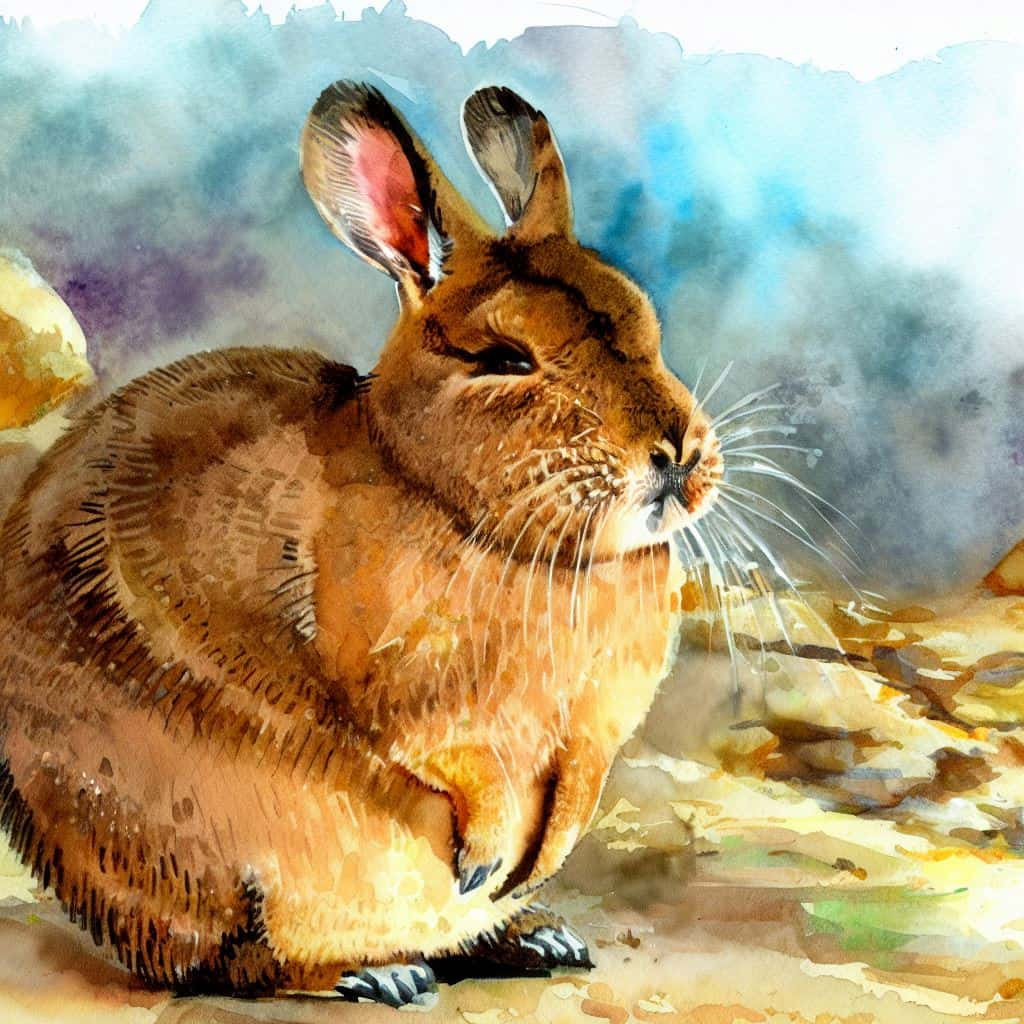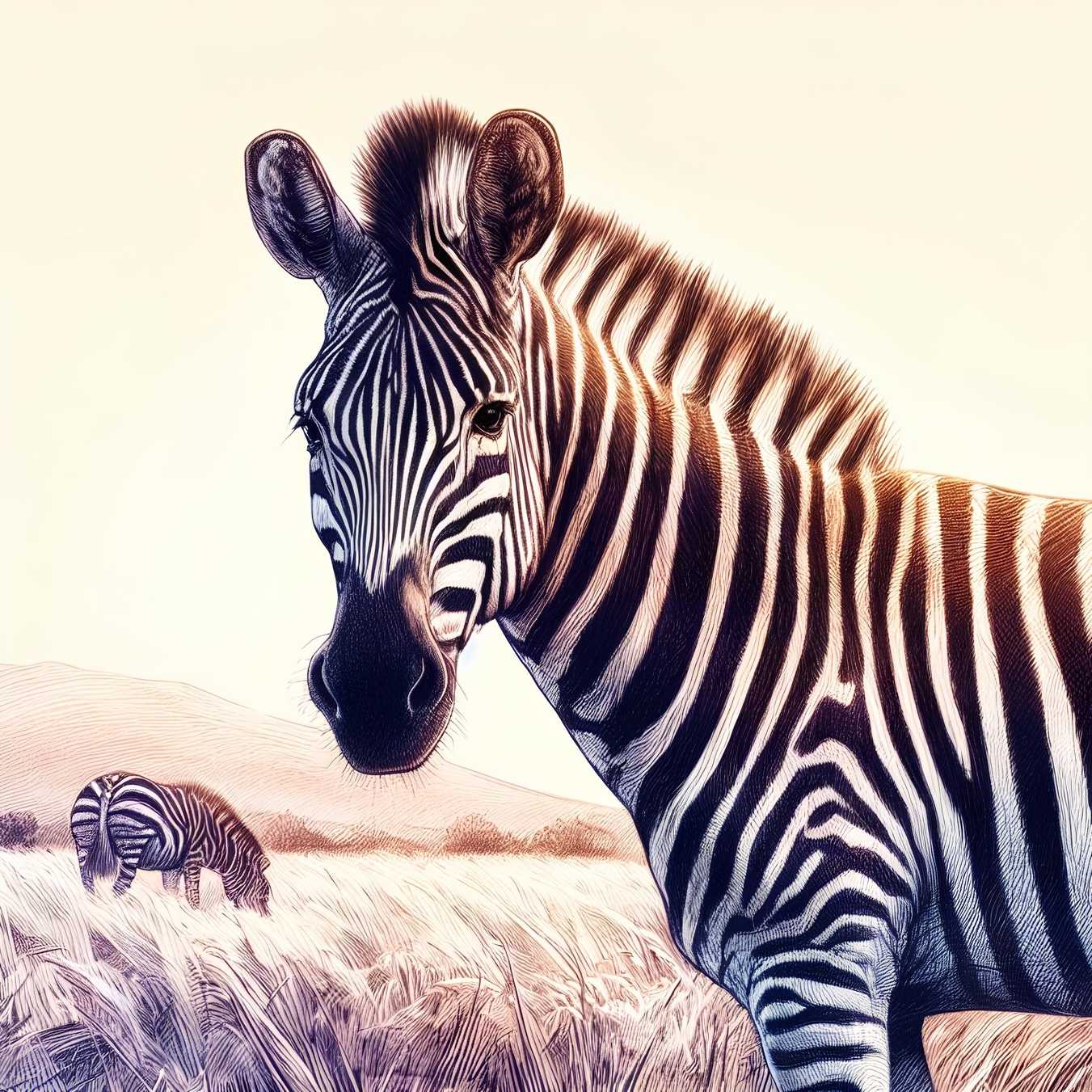When having a barbecue in the backyard, particularly at the end of summer, you may often run across unexpected visitors. They move quickly, buzz about, and perch on the meal, all while exerting a hostile influence. Because they are drawn in by the aroma of the meal, wasps are notoriously tough to shoo out. In particular, dessert is an increasingly popular target. But why might we find so many wasps or yellow jackets at this time of year? And why are wasps or yellow jackets known to be particularly hostile in late summer and fall?
In the late summer, when all of the wasp larvae emerge from their respective colonies, the wasp population reaches its maximum size. When there is a higher demand for food, it is much more difficult to locate enough food to meet that need. Adult wasps, who formerly subsisted, in part, on the sugary juice produced by the larvae, must now depend on other sources of sweetness to ensure their own survival. Most wasps or yellow jackets tend to appear in the late summer and early fall. This creates the impression that they are more hostile than at other times of the year.
What goes up must come down
Wasps spend most of their lives in wooded areas and open fields. They construct their nests in a variety of locations, depending on the species, including tree hollows, ground burrows, and even high up in the air. These insects construct their nests for that particular year. The overwintered queen starts the construction of the nest in the spring. In order to do this, she injects sperm into eggs that she has been carrying about in her seminal vesicle ever since she mated the previous autumn. The larvae eventually mature into workers that are infertile.
In the late summer, males and young queens begin to hatch, and the wasp colony will continue to grow until it reaches its maximum size in the autumn. A single colony may contain up to 12,000 individuals at any given time. Now more than ever, wasps need copious amounts of food. The increasing number of wasp visits may be attributed to this factor. August is traditionally the peak of the wasp or yellow jacket season when the population is at its largest. Because of this, it’s likely that they appear more aggressive than usual. In fact, the behavior of the insects does not alter during the course of the year; the only difference is that there are just more wasps.
Late in the autumn, the wasp colony is destroyed when the previous queen passes away. When the cold weather finally arrives, the last worker wasps die as well. Only the young queens who were born in the late summer are able to survive the winter by hiding in warm locations that are insulated from the cold, such as bark or decaying wood. After that, the young queen starts a new colony the next spring by constructing a nest in a new place.
Looking for something to eat
Do wasps actually get aggressive in the summer or fall? Actually, yes. Wasp larvae have an increased need for a substantial quantity of protein towards the beginning of the summer. Therefore, wasps fly more often to places with meat and sausage, as well as to places where they hunt insects; yet, they do not consume this food themselves. They grind it up into a paste in order to give it to their offspring. In return, parts of the insect diet (chitin, which makes up insect exoskeletons) are regurgitated by the wasp larvae, resulting in a sweet liquid that is then fed back to the adult wasps. The larvae are the food storage for the wasp colony.
However, the wasp larvae begin to emerge at the end of the summer, forcing the adult wasps to seek out an alternative source of nutrition in the form of sugar. After the month of August, all wasps, including the juvenile wasps and the male drones, search for sweet meals such as nectar, fruit juices, and soft beverages. The struggle to secure adequate food supplies begins.
Wasps are not as hostile as one would expect given their reputation. They are just looking for something to eat. This may lead one to believe that wasps are more aggressive than they really are. It’s their life cycle.






